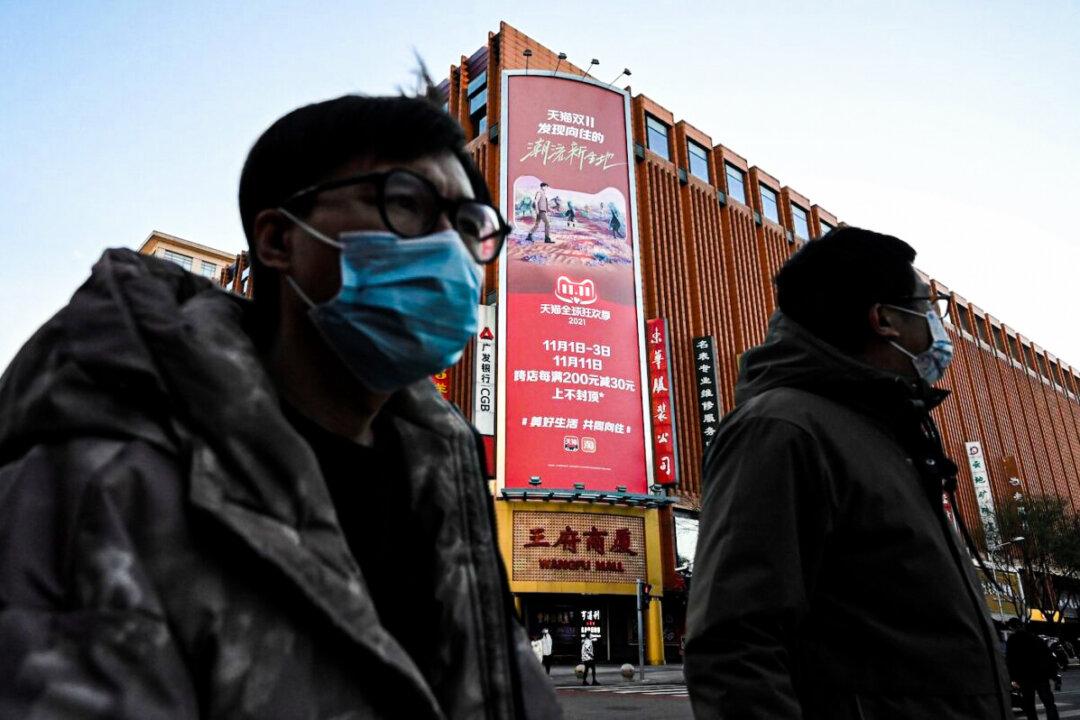On September 3, Chinese President Xi Jinping declared at the opening ceremony of the Forum on China–Africa Cooperation Beijing Summit in 2018 that China is willing to provide to African countries $60 billion through various channels including government assistance, financial institutions, and corporate investment. Some of the countries in this list are among Africa’s least developed, or the most heavily in debt, and now Beijing has exempted them from making loan payments that were originally due at the end of this year.
Xi’s statements sparked negative responses in Chinese online circles, with many people accusing the leader of “wantonly showering coins.”





